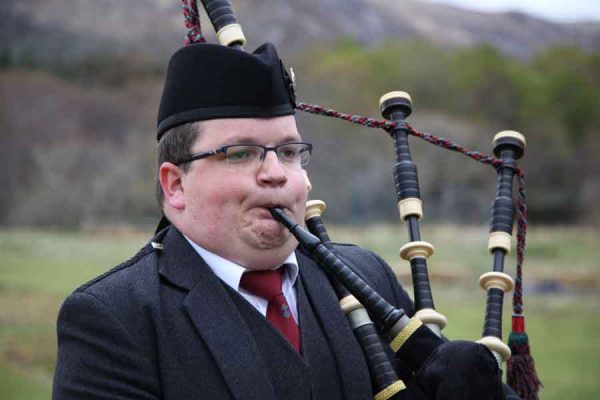Chest Physiotherapy

Chest physiotherapy relates to the assessment and treatment of people with disorders of the respiratory system and involves an airway clearance technique to drain the lungs, and may include percussion (clapping), vibration, deep breathing, and huffing or coughing. These techniques help mobilize or loose secretions in the lungs and respiratory tract. This is especially helpful for patients with large amount of secretions or ineffective cough.
The removal of obstructive, thick sticky secretions is important in preventing infections and helps ease breathing. This can be taught by the physiotherapist and performed by members of the family.
If you are in hospital for any operation you will be visited after the operation by a physiotherapist to check your lungs are working normally and to advise you to keep your legs moving. If the surgery involves the chest at all then the physiotherapist will take an active role in making sure that you are breathing correctly and that you can perform an adequate cough. If you have any condition of the lung such as chronic bronchitis, emphysema or chest infection you may be offered chest physiotherapy. Depending on what position you can tolerate this will normally involve lying on each side and if possible slightly tipped so that your chest is lower than your hips i.e. lying over a few pillows. This position allows postural drainage which is basically allowing gravity to aid the movement of the secretions (mucus) to the main airway where it can be removed by productive coughing.
How do I do Postural Drainage?
1. Each position should be held for a minimum of five minutes. The position may depend on the lobe of the lung worst effected. However if there is nothing specific then just lying on one side then the other will be sufficient.
2. Positions can be done on a bed or on the floor.
3. In each position, your chest should be lower than your hips to allow mucus to drain.
4. Use pillows, foam wedges, and other devices to make yourself as comfortable as possible.
The physiotherapist will then perform some percussion on your chest. This can and should be done over your clothes to protect your skin.
The percussions are a form of slapping with a cupped hand which causes no pain but produces vibration within the chest to encourage the secretions to move upwards. The patient will also be asked from time to time to take a long deep breath in and then as they breathe out the physiotherapist will gently squeeze and vibrate the chest to help force the secretions out. This may well then make the patient feel the urge to cough.
At the end of the treatment of both sides of the chest you will be encouraged to perform some deep breathing exercises. These are important to make sure that you are taking air right down in to the depths of the lungs, which helps bring up any secretions lurking at the bottom. You will also be shown how to do Diaphragmatic breathing– This can be done either lying down or sitting up.
The diaphragm is an important muscle involved in the work of breathing. People with any form of breathlessness tend to rely more on the accessory muscles of the neck, shoulders, and back to breathe, rather than on the diaphragm. Diaphragmatic or abdominal breathing helps to retrain this muscle to work more effectively. While sitting or lying down with your shoulders relaxed, put a hand on your chest and place the other hand on your stomach.
- Take a breath in through your nose for 2 seconds, feeling your stomach move outward. You’re doing the activity correctly if your stomach moves more than your chest.
- Purse your lips and breathe out slowly through your mouth, pressing lightly on your stomach. This will enhance your diaphragm’s ability to release air.
- Repeat the exercise as you are able to just a few times regularly. Do not do more than 5 large breaths at any time or you may feel a little light headed.

You may also be taught the Huff Cough
The huff cough is a breathing exercise designed to help you cough up mucus effectively without making you feel too tired.
Here is how to practice the huff cough:
- Place yourself in a comfortable seated position. Inhale through your mouth, slightly deeper than you would when taking a normal breath.
- Activate your stomach muscles to blow the air out in three even breaths while making the sounds “ha, ha, ha.” Imagine you are blowing onto a mirror to cause it to steam.
A huff cough should be less tiring than a traditional cough, and it can keep you from feeling worn out when coughing up mucus.
Do not worry if you cannot cough the mucus out into the mouth. If you cough and swallow, the mucus will go from the chest into the stomach where it will be broken down and removed. If you have a lot of mucus you may prefer not to swallow it so that you feel less sick.
Tips for aiding an effective cough:
1. Keep well hydrated especially with hot drinks. This makes the mucus thinner and easier to expel.
2. Good old fashioned Steam- This also helps liquefy the mucus. Get a bowl of boiling water and put a towel over your head. Take deep breaths of steam. Be extremely careful not to pour the water over you.
3. Practise the deep breathing exercises.
4. Try the Huff cough.
